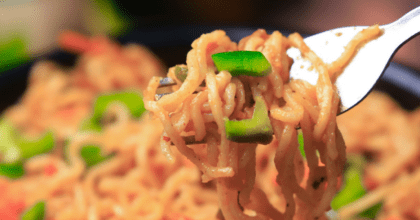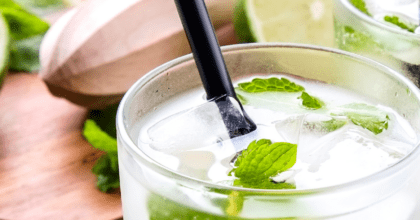Americans enter the ice age-iced coffee goes beyond summer-only appeal
Chicago (August 7, 2013)—Coffee may have been traditionally enjoyed steaming hot, but new research from Mintel reveals the habit for a “hot cup of joe” is changing as consumers realize colder coffee is a tasty and refreshing year-round alternative.
More than most countries, the US has embraced cold coffee—especially in foodservice, with Mintel research showing that cold-served coffee’s share of all coffee on menus of US restaurants and coffee houses increased from 19% to 22% between 2009 and 2012. However, looking at just the first quarter of 2013, its share has jumped from 22% to 24%, highlighting that interest in iced and frozen coffee is not only accelerating, but is now transcending a summer-only appeal.
Jonny Forsyth, global drinks analyst at Mintel, says:
“Cold coffee, especially frozen-blended, has become very trendy in major US cities such as New York, but it is more than just a momentary fad. Its usage has been building for the last few years and actually reflects the changing tastes of the younger generation. This new cohort crave indulgence and have grown up drinking sweet-tasting, refreshing soft drinks. They are looking for this taste profile to be reflected in ‘hot’ beverages.”
Mintel’s data shows that 18-24 year-olds, in stark contrast to older drinkers, are far bigger consumers of iced coffee and they will almost certainly take this habit into their middle age. While overall, one in five (20%) US consumers drink iced coffee, this figure jumps to 38% of those aged 18-24 – compared to just 11% of those aged 55-64 and 5% of those aged over 65. The findings also reveal that 77% of iced coffee drinkers perceive that drinking it makes them feel more productive at work.
“The fact that so many consumers feel that coffee makes them more productive at work explains why energy drinks and shots have been such a huge growth market, appealing to people’s desire to have more than just a tasty and refreshing drink but one which actually alters their mood,” adds Jonny Forsyth.
Meanwhile, iced coffee, which has dominated restaurant menus for some time now, is seeing its number of menu items decline as people move towards the more indulgent frozen blended coffee options. This is good news for US foodservice as frozen blended coffees have an incredibly high profit margin, estimated at around 65-70%.
“This cold coffee development has already filtered through to the US retail market, with a number of ready-to-drink variants now available. There is also an opportunity to premiumize the iced and frozen coffee sector. Although many of these products are not aimed at coffee purists, it would be wrong to assume that iced coffee is dismissed by connoisseurs. Cold press coffee is a method where coffee grounds are steeped in water for an extended period to reduce acidity and create a more mellow flavor, while the New Orleans chicory-flavored cold brews and the ‘Japanese Iced coffee method’ are other options revered among coffee aficionados,” Jonny Forsyth concludes.
-
Mintel StoreGet smart fast with our exclusive market research reports, delivering the latest data, innovation, trends and strategic recommendations....View reports
-
Mintel LeapMintel Leap is a revolutionary new AI-powered platform that will transform your research process....Book a demo







































